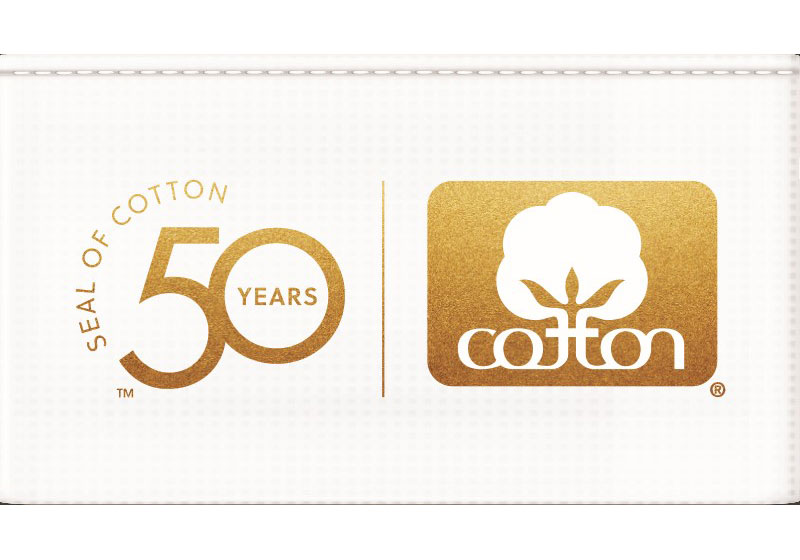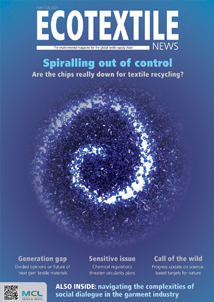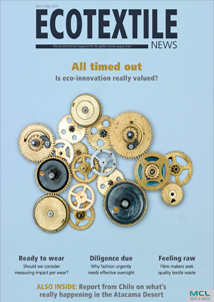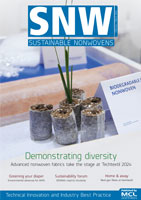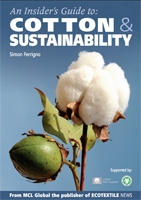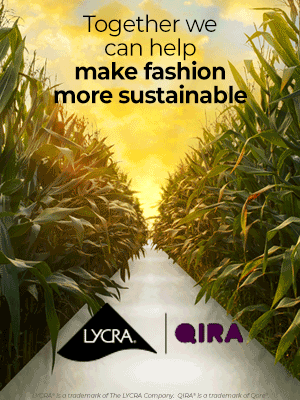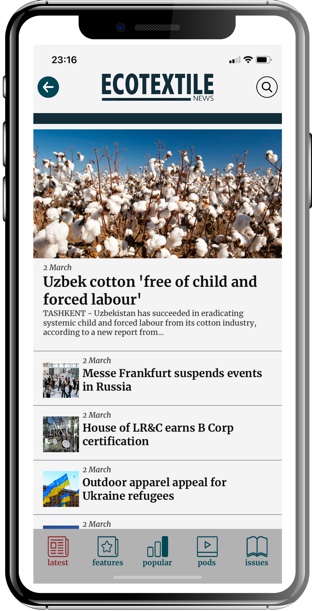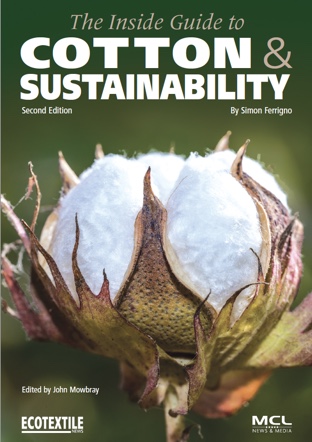SPONSORED CONTENT - Celebrating 50 Years of Sustainability: Cotton Incorporated’s Seal of Cotton
For half a century, the Seal of Cotton has stood as an enduring symbol in the world of textiles. It has transformed cotton from an agricultural commodity into a globally recognized symbol. The Seal of Cotton is supported by decades of research and innovation, led by Cotton Incorporated, which have contributed to making cotton more sustainable from the field to the fabric and beyond.
Cotton is more than just a crop; it is a testament to the profound connection between the land and those who cultivate it. Over the last five decades, sustainable farming practices have become ingrained in the cotton industry. From reducing water usage and pesticide application to promoting biodiversity, cotton growers have been instrumental in preserving and protecting the environment.[1] This commitment to sustainable agriculture not only ensures the long-term viability of cotton farming but also contributes to healthier ecosystems and communities.
Innovations in the cotton industry are helping to reduce the resources to prepare, dye, and finish cotton textiles. Cutting-edge technologies, such as water-efficient dyeing and energy-saving weaving methods, have become standard practices over the years. These innovations can significantly reduce water consumption, energy usage, and chemical waste in cotton manufacturing.[2]
Since its creation in 1973, the Seal of Cotton trademark has become a globally recognized symbol associated with fashion, durability, quality, comfort, trust, and sustainability. For designers and brands, the Seal of Cotton is a powerful consumer influencer as well as a highly effective sales builder. The Seal of Cotton provides a visual reference for consumers who want to know that a product is made from cotton.[3]
As textile waste has become a global concern, cotton is associated with sustainability. Cotton is one of the few fibers that can be recycled, composted, and is biodegradable in tested environments.[4][5][6] Recycling cotton textiles reduces the burden on landfills and conserves valuable resources. Composting biodegradable cotton textiles reduces the burden on landfills and conserves valuable resources.[7] Composting cotton products returns carbon and nutrients to the soil and can reduce the need for synthetic fertilizers. Additionally, cotton's natural biodegradability helps reduce the impacts of our textiles when it reaches the end of its life cycle.
According to Cotton Incorporated’s 2023 Seal of Cotton Survey, 82% of consumers say sustainability is an attribute associated with the Seal of Cotton. The commitment of cotton growers to stewardship, innovations in manufacturing, and the remarkable circularity of cotton all contribute to the enduring significance of the Seal of Cotton.
In a world where sustainability is a priority, the Seal of Cotton remains a symbol of sustainability and progress. It represents a commitment to the planet, to future generations, and to the idea that from dirt to shirt and beyond, cotton can continue to be an environmentally responsible choice.
Visit our CottonToday website for sustainability perspectives from Cotton Incorporated’s experts.
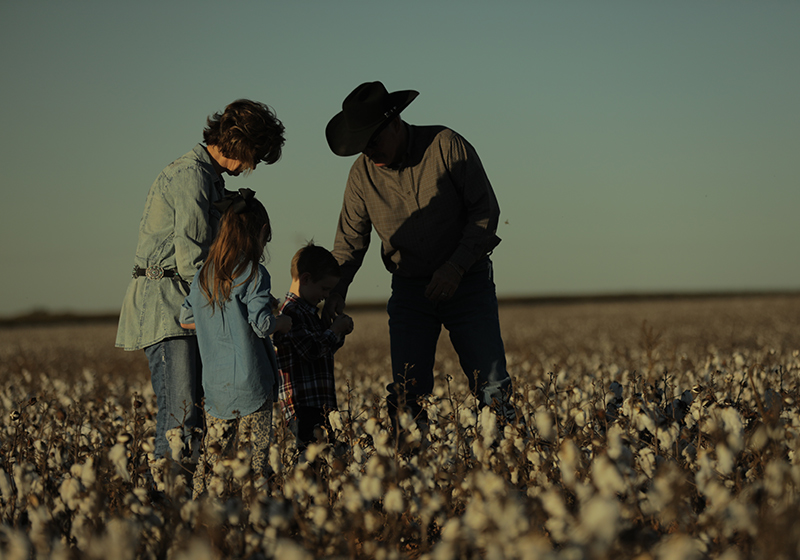
AMERICA'S COTTON PRODUCERS AND IMPORTERS. Service Marks / Trademarks of Cotton Incorporated.
[1] Field to Market: The Alliance for Sustainable Agriculture, 2021. Environmental Outcomes from On-Farm Agricultural Production in the United States (Fourth Edition). ISBN: 978-0-578-33372-4 https://fieldtomarket.org/national-indicators-report/
[2] DuPont. (2012). Trials Confirm DuPont Enzymes Offer Sustainability Benefits for Cotton Textile Production.
https://www.textileweb.com/doc/trials-confirm-dupont-enzymes-offer-for-cotton-textile-production-0001
[3] Cotton Incorporated Lifestyle Monitor™ Survey.
[4] Blue Jeans Go Green. (n.d.). Creating more with cotton. https://bluejeansgogreen.org/
[5] Li, Lili, M. F., & Browning, K. J. (2010). Biodegradability Study on Cotton and Polyester Fabrics, 5(4). https://journals.sagepub.com/doi/abs/10.1177/155892501000500406
[6] Marielis C. Zambrano et al. (2019). Microfibers Generated from the Laundering of Cotton, Rayon and Polyester Based Fabrics and Their Aquatic Biodegradation. Marine Pollution Bulletin 142: pp. 394-407. https://doi.org/10.1016/j.marpolbul.2019.02.062
[7] Cotton products are recyclable only in a few communities that have appropriate recycling facilities.







